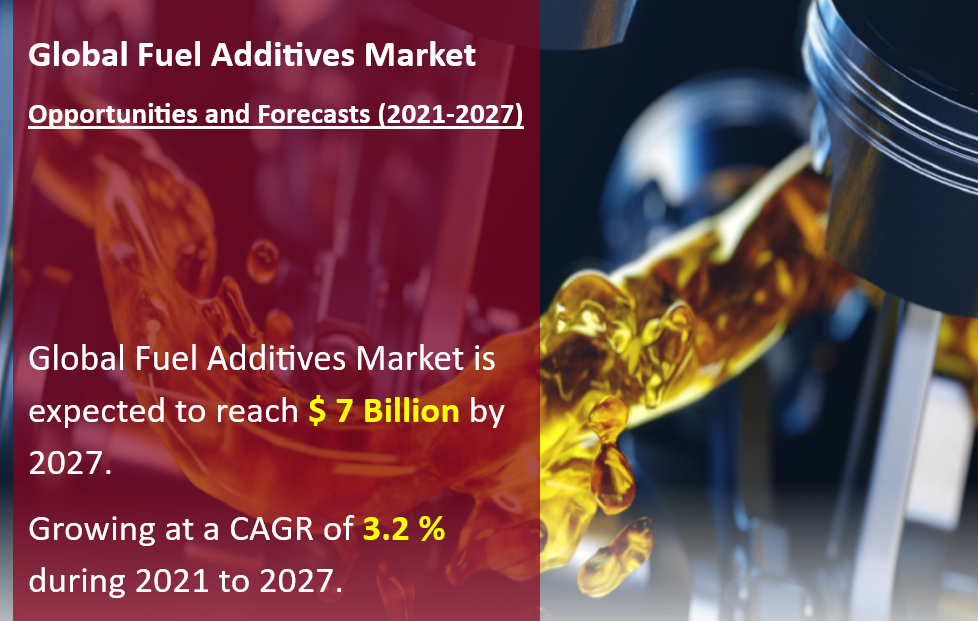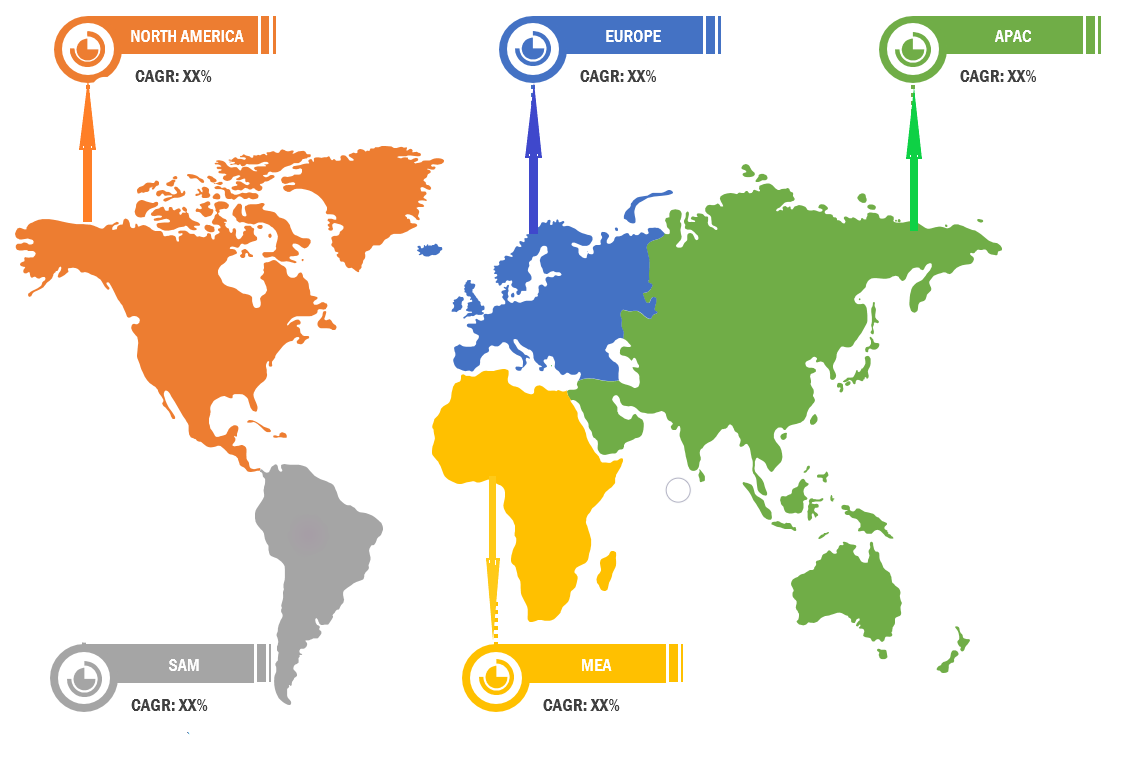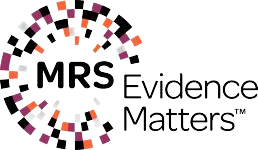Global Fuel Additives Market – Overview
- The report will cover the overall analysis and insights in relation to the size and growth rate of the “Global Fuel Additives Market ” by various segments at a global and regional level for the 2000-2027 period, with 2014-2019 as historical data, 2020 as a base year, 2021 as an estimated year and 2021-2027 as forecast period.
Global Fuel Additives Market Introduction
- Fuel additives belong to the group of chemical compounds that are added to improve the functional properties of the fuel. The major functions performed by these chemicals include friction reducers, corrosion inhibitors, anti-foaming and antioxidation. It is produced by a liquid-phase reaction of isobutene (IB) and ethanol (EtOH) with a strong acidic macroporous ion exchange resin. Fuel additives can prevent many fuel delivery system problems. They enhance the quality and efficiency of fuels used in motor vehicles based on the product, the market is classified into Cetane Improvers, Deposit Control Additives, Dyes & Markers, Antioxidants, Cold Flow Improvers, Lubricity Improvers, Octane Improvers, Stability Improvers, Anti-icing fuel additives, Corrosion Inhibitors, and Others. They are used in various applications such as Gasoline, Aviation, Diesel, and Others.

COVID-19 Impact on the Global Fuel Additives Market
- Oil & gas, chemical, energy, petrochemical, automotive, healthcare, and food industries are the major end users of the fuel additives. Most of the industries have become non-operational due to the emergence of the COVID-19 situation. Therefore, adoption of fuel additives is hampered to a notable extent. On the supply side, the production activities have witnessing sluggish trends. This pandemic situation is expected to lead to instability in the price trend of fuel additive due to fluctuation in the supply-demand gap.
Global Fuel Additives Market Report Scope
- The scope of the report covers the clear understanding and overview of the product.
- Analysis of market trends in the region, with market data considering 2020 as the base year, 2021 as the estimate year and forecast for 2027 with projection of CAGR from 2021 to 2027.
- The report covers discussion of economic trends and technology.
- Market estimates represent revenue.
- In-depth analysis of the market segmentation assists in determining the prevailing market scope.
Segments Covered in Global Fuel Additives Market
| Attribute | Details |
|---|---|
| Market size available for years | 2000–2027 |
| Base year considered | 2020 |
| Forecast period | 2021–2027 |
| Historical period | 2000-2019 |
| Forecast units | Value (USD) & Volume (Million Units) |
| Forecast units | Value (USD) & Volume (Million Units) |
| Segmentation | By Regions North America, Europe, Asia Pacific, Latin America and Middle East & Africa |
| By Countries United States, Russia, China, Germany, United Kingdom, France, Japan, Israel, Saudi Arabia, South Korea, United Arab Emirates, Canada, Indonesia, Malaysia, Switzerland, Australia, India, Italy, Sweden, Spain, Belgium, Netherlands, Norway, Brazil, Argentina, Mexico, South Africa and 54 Others. |
|
| By Product Type Cetane Improvers, Deposit Control , Dyes and Markers, Antioxidants, Anticorrosion, Antiknock Agents, Cold Flow Improvers, Lubricity Improvers, Octane Improvers, Stability Improvers, Corrosion Inhibitors and Other. |
|
| By Application Diesel, Gasoline, Aviation Fuel and Others. |
|
| By End-User Passenger Vehicles, Commercial Vehicles, Off-Highway Equipment, Aircraft, Marine Vessels, Industrial and Others. |
|
| Companies covered | Albemarle; Afton Chemical Corp.; Baker Hughes; BASF SE; Cerion LLC; Chemtura; Chevron Oronite Company LLC; Chempoint Solutions Company; Clariant AG; Cummins, Inc.; Croda International PLC; Dorf Ketal Chemicals; Dow Chemical; Eastman Chemical Corporation; Evonik Industries AG; Eurenco; Huntsman Corp.; ENI SPA; Infineum International Ltd.; Innospec, INC.; Lanxess; Lubrizol Corp.; Lucas Oil Products Inc.; Lubricant Engineers; NALCO Champion; Petroleum Logistics; Solvay; Total SA and Others. |
Recent Developments in Global Fuel Additives Market
- March 2020, Afton developed API SP/GF-6 Solutions the “HiTEC 11458,” which is in accordance with the GF-6 specification and SN Plus/GF-5 specifications. This solution is expected to meet the current targets of new engine designs. It offers reliable pre-ignition and wear protection for it being robust. It is expected to provide increased engine protection in terms of wear, deposit control, oxidation, and corrosion.
- January 2020, Innospec announced the development of its new marine fuel additive Innospec’s Octamar, which would help the shipping industry comply with the new regulations regarding the maximum sulfur content of marine fuels.
Key Market Players in Global Fuel Additives Market
- The major players in the Global Fuel Additives market are Lubrizol Corporation; Chevron Oronite Company LLC; Fuel Performance Solutions Inc.; Afton Chemical Corp.; BASF SE; Evonik; Innospec Inc.; Cummins Inc.; DorfKetal Chemicals India Pvt. Ltd.; Chemtura Corp.; Cerion LLC; Infineum International Ltd.;
- Also, the Global Fuel Additives market analysis report includes information on upcoming trends and challenges that will influence market growth. This is to help companies strategize and leverage all forthcoming growth opportunities.
Objectives of the Global Fuel Additives Market Study
- To provide detailed information regarding drivers, restraints, opportunities and challenges are influencing the growth in the Global Fuel Additives Market.
- To analyze the competitive intelligence of players based on company profiles and their key growth strategies.
- To strategically analyze micro markets with respect to the individual growth trends, their prospects, and their contribution to the total Global Fuel Additives Market.
- To analyze competitive developments such as expansions, and product launches, along with research & development (R&D) activities undertaken in the Global Fuel Additives Market.
- A unique model is created customized for each study also offers suggestions that help enterprises to identify and mitigate risks.
Note
- Global Industry Reports will also support you post-purchase for a period of 6 months to answer any of your queries related to the following market and to provide you any more data if you need, for your analysis.
- Also, you can buy some selected Chapters from the report.










